In terms of dermatology and medical photos , studio lighting has become a preferred choice because of its versatility and diverse range of power settings. Its ability to adapt to different procedural requirements, adjust power settings, and provide consistent illumination makes it an invaluable tool in the field of dermatology, facilitating accurate diagnosis, documentation and treatment monitoring.
The selection of an ideal lighting solution depends in part on the intended usage of the result images as well as its particular use. There is no single lighting option that is perfect for all dermatological applications. However, a photograph is useful to the dermatologist only if it accurately represents reality and allows for precise comparison across time. Thus, to capture a perfect photograph, a suitable lighting solution must be sufficiently bright, neutral-coloured and soft while being intuitive and practical to operate. Lastly, it should allow the dermatologist to quickly and seamlessly capture the desired image during the shooting.
Here are three types of lighting setups commonly used in photography, along with our recommended lighting checklist to enhance your medical and dermatology photos.
| Read more: How to set up the perfect clinical photography?
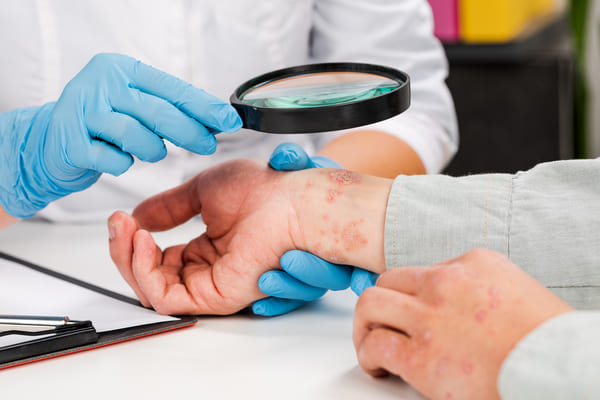
I. AI Cameras
AI tracking motion, the OBSBOT webcam, is an innovative option, allowing dermatologists and photographers to adjust the camera’s pan, tilt and zoom functions without physically touching the camera. With its high-resolution ability, it also ensures that dermatologists can obtain clear, detailed images of skin conditions for accurate diagnosis and documentation. Moreover, its remote control ability ensures a smoother and more efficient photography process, reducing the duration of the procedure and enhancing patient comfort. In other cases, it also allows you to run online consultations and collaborate with other dermatologists, providing real-time video and audio communication.
|
|
|
II. Lighting Options
1. Convenient Lighting Option: Overhead Setup
The ambient lighting comes from natural light sources such as sunlight and overhead lighting fixtures. Natural light can offer a soft and illuminated light, but it is an inconsistent light source. Conversely, overhead lighting such as the Godox MS300V, Godox SK300II-V and Godox SL series is a consistent and convenient lighting option for general dermatology photos. Beyond its consistent and uniform light source, it is also perfect for those seeking a minimalist lighting setup without needing additional space, equipment or extensive staff training. During usage, it ensures even illumination across the subject, minimising shadows and accurately capturing skin textures, tones and surface features.
| Related blog: Medical and Dentistry Photography
 |
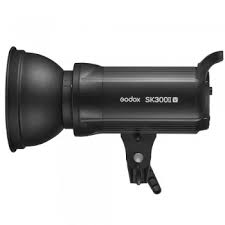 |
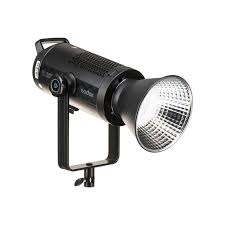 |
When utilising overhead lighting, it is first important to identify the different light sources in a medical photography room. For example, it is necessary to close doors and windows to minimise the amount of light entering the room. This will make overhead lighting the main source of illumination and prevent the blending of various light sources. The overhead lights shouldn't be positioned directly over the patient, as this can result in harsh shadows. If space allows, it should be positioned at a 45-degree angle anterior to the patient to maximise illumination of the patient. Combining with a white reflector such as a foam board that can be placed underneath the patient’s face to further refine the lighting setup and minimise shadows.
2. Portability Lighting Option: On-Camera Setup
If both standardisation of photographs and portability are important, an on-camera lighting solution such as Godox V1 on-camera speedite is recommended. This type of lighting can directly attach to the camera itself, offering convenience and portability for quick shots and small clinical photography rooms. It also allows users to manually change the flash’s brightness and direction if further control is desired. Placing the camera at the patient’s height will help guarantee that results are consistent over time. This helps in documenting the progression of dermatological conditions and the effectiveness of treatments.
However, utilising itself can sometimes result in harsh shadows and unflattering highlights. Thus, to solve this issue, dermatologists often combine the Godox V1 on-camera light with ring flahes such as Godox Ring 72, Godox MF-R76 or Godox ML-150II, filling in shadows and creating a more flattering lighting effect. This integration also allows for capturing close-up images of specific skin areas, offering a flexible and effective solution for dermatology photo shoots.
 |
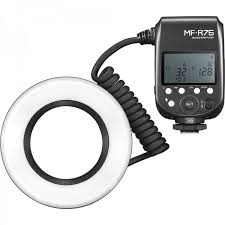 |
 |
3. Versatility Lighting Option: Off-Camera Setup
On the other hand, an off-camera lighting setup offers unparalleled versatility and control in dermatology photo shoots. Off-camera lighting setups often use modifiers such as softboxes, umbrellas or diffusers, which help to diffuse the light emitted from studio strobes or LED lights, reading harsh shadows and creating a softer, more flattering lighting effect on the patient's skin. Brightness can be controlled by manually adjusting the settings on the external flash units and studio strobes. However, using an off-camera lighting solution requires further photographic knowledge, space and financial investment compared with on-camera lighting and overhead lighting.
In practical use, you can place the PixaPro LUMI400II Studio Kit at 45° angles and 0.5 to 1 metre anterolateral to the patient on each side. The flash lights or softboxes should be at the same height as the patient. (Light stands can be purchased separately to hold the flash heads). The closer positioning allows for softer lighting by providing a larger surface area of light to the patient. Additionally, lighting accessories such as roller backgrounds / collapsible backdrops can further enhance image quality and guarantee uniformity in your medical photographs.
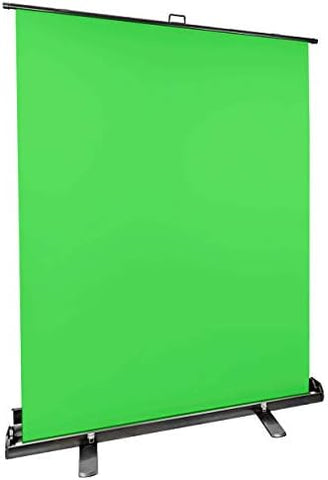 |
 |
| Related article: The Best Photography Equipment for Your Hair Medical Photos
Alternatively, utilising LED light panels such as PixaPro VNIX1500S that are flat and provide relatively large surface areas of light without the need for additional modifiers. It is a compact solution for achieving soft light, while the PixaPro LUMI400II Studio Kit produces better brightness than the LED panels.
In Conclusion
The selection of specific medical LED lighting depends largely on the buyer’s budget and requirements. With studio strobes, light modifiers such as a softbox or umbrella are required for the light to be dispersed onto the subject from a large surface area, and this equipment may require a dedicated photography room. However, LED light panels are flat and provide a relatively large surface area of light without the need for additional modifiers. Ring flashes mounted on the camera are even more space-efficient than LED light panels. Generally, investing in each type of light has its own advantages, dermatologists must select a solution that works best for the context of the desired image and the environment in which it will be used.
View the full range of Medical Photography Lightings at EssentialPhoto & Video here: https://www.essentialphoto.co.uk/collections/medical-dental.
EssentialPhoto is an official Godox partner and trusted UK distributor, stocking the widest range of Godox kits in the UK. We offer up to a 2 Year Warranty* across our stock, customer support and after-sales repair at our British store.







































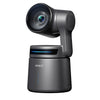
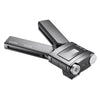

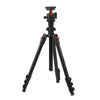
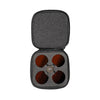
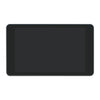
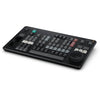
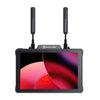
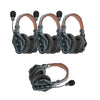
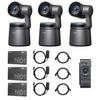











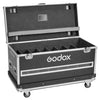









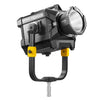

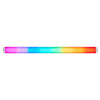
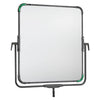
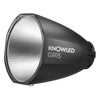
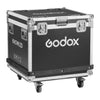
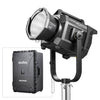
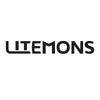
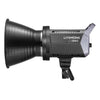
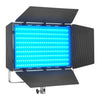
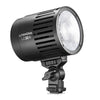
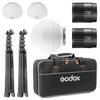
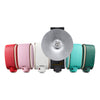
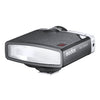
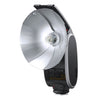
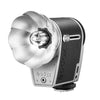
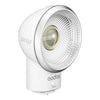
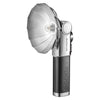
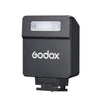
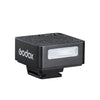

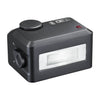
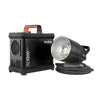
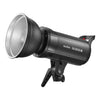
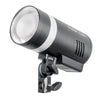
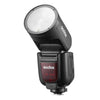
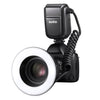
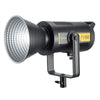
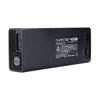
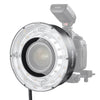

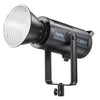
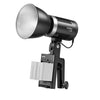
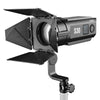
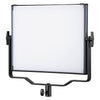
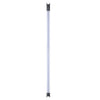
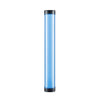
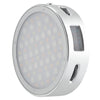
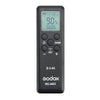
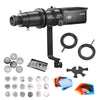
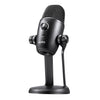
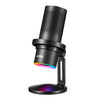
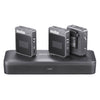
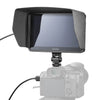
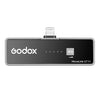
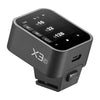
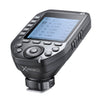
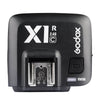
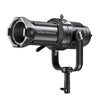
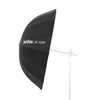
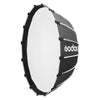
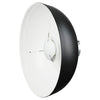
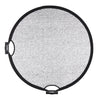
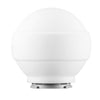
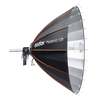
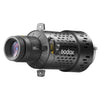

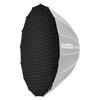
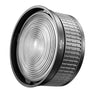
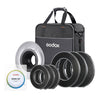
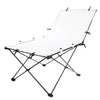
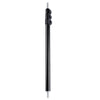
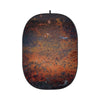
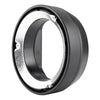
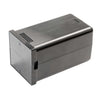
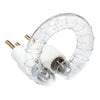
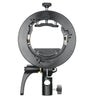
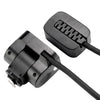
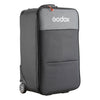
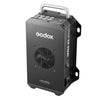
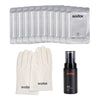
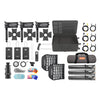
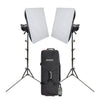
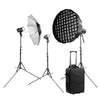
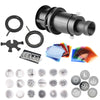
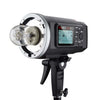
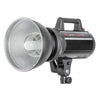
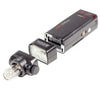
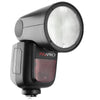
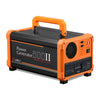
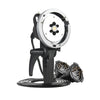
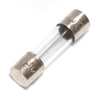
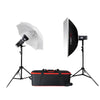
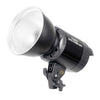
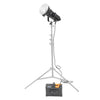
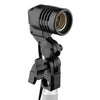
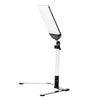
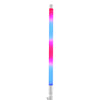
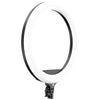
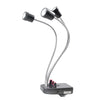
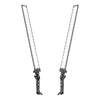
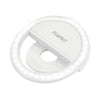
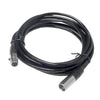
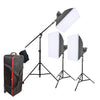
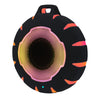
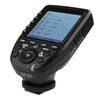
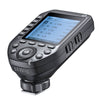
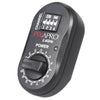
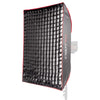
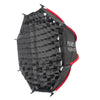
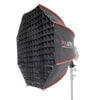
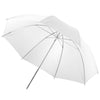
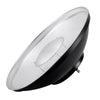
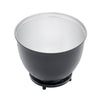
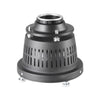
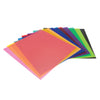
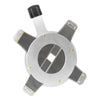
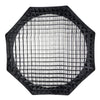
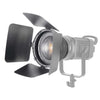
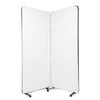
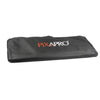
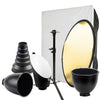
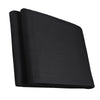
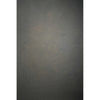
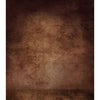
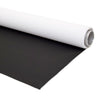
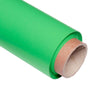
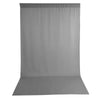
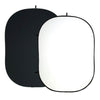
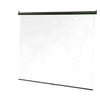
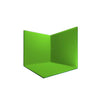
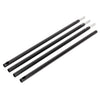
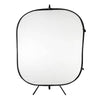
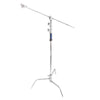
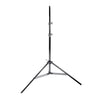
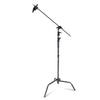
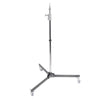
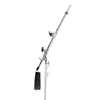
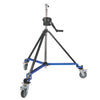
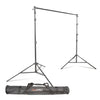
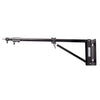
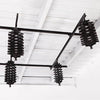
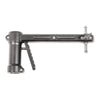
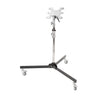
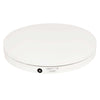
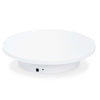
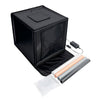
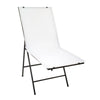
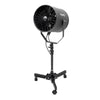
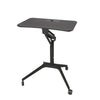
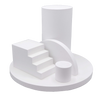
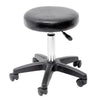
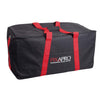
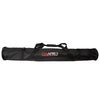
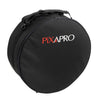
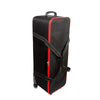
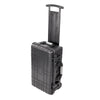
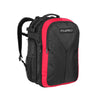
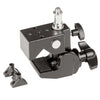
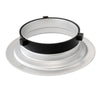
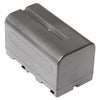
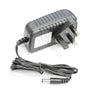
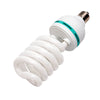
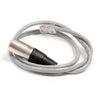
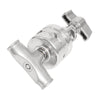
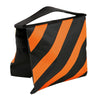
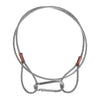
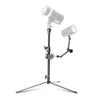

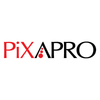
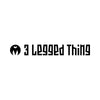
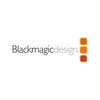

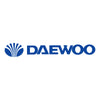
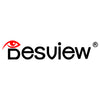

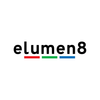

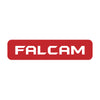
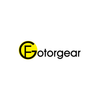

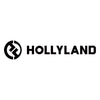
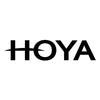
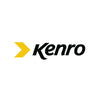
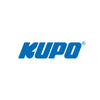
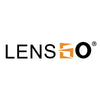


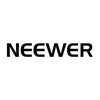
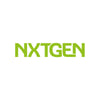

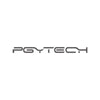
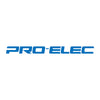
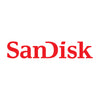
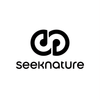
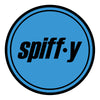
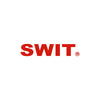
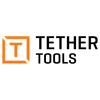


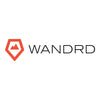

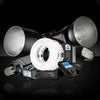
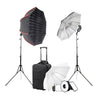
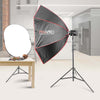

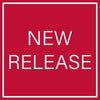
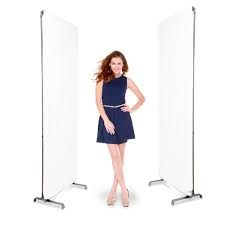

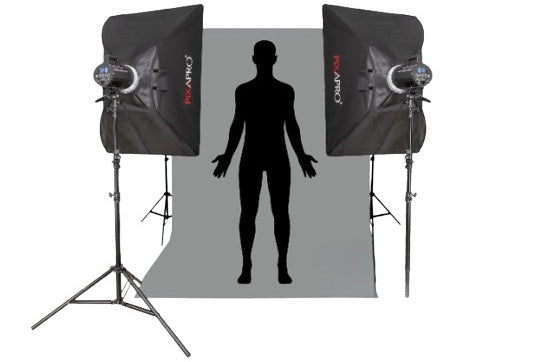
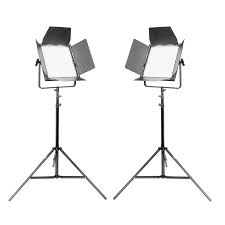









.png?v=1684397964210)





















